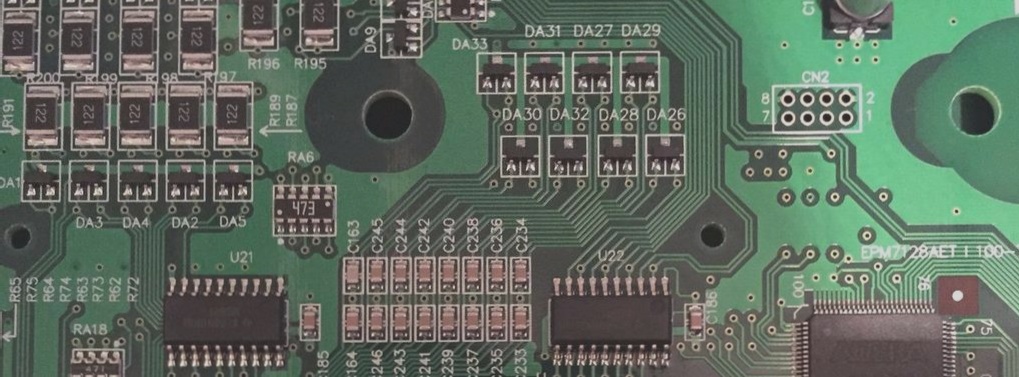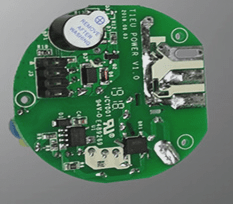Manufacturing Processes for Double-Sided Metalized PCB
In the realm of PCB manufacturing, two common methods for creating double-sided metalized PCBs are the SMOBC method and the pattern plating method. In certain situations, the process wire method may also be employed.
1. Graphic Electroplating Process
- Foil-clad board
- Blanking
- Punching benchmark holes
- CNC drilling
- Inspection
- Deburring
- Electroless thin copper plating
- Thin copper electroplating
- Inspection
- Brushing
- Filming (or screen printing)
- Exposure and development (or curing)
- Inspection board repairment
- Graphic plating (Cu+Sn/Pb)
- Film removal
- Etching
- Inspection and board repairment
- Plug nickel plating and gold plating
- Hot melt cleaning
- Electrical continuity inspection
- Cleaning treatment
- Screen printing solder mask pattern
- Curing
- Screen printing mark symbol
- Curing
- Shape processing
- Cleaning and drying
- Inspection
- Packaging
- Finished product
Within this process, the steps of “electroless thin copper plating → thin copper electroplating” can be substituted by a single step of “electroless thick copper plating”. Each method has its own set of advantages and disadvantages. The pattern electroplating-etching method for producing double-layer metalized boards was prevalent in the 1960s and 1970s. However, by the mid-1980s, the SMOBC process gained popularity, especially in the manufacturing of precise double-sided panels.
2. SMOBC Process
The primary benefit of SMOBC boards lies in their ability to prevent solder bridging between thin lines, thus eliminating short-circuit occurrences. Additionally, thanks to the consistent lead-tin ratio, SMOBC boards exhibit superior solderability and storage characteristics compared to hot melt boards. Various methods exist for producing SMOBC boards, such as the SMOBC process utilizing standard pattern electroplating subtraction and lead-tin stripping; the subtractive pattern electroplating SMOBC process which employs tin plating or immersion tin in lieu of lead-tin electroplating; the plugging or masking hole SMOBC process; and the additive method SMOBC technology, among others.


